The Lich in Dungeons and Dragons is my favorite monster. And they have been around in this game since nearly the very beginning. The Lich was first introduced in the Greyhawk Supplement to Dungeons and Dragons in 1975. The Lich was then expanded upon in Eldritch Wizardry in 1976. The Lich as existed, in some form, in every edition of the game since that time.
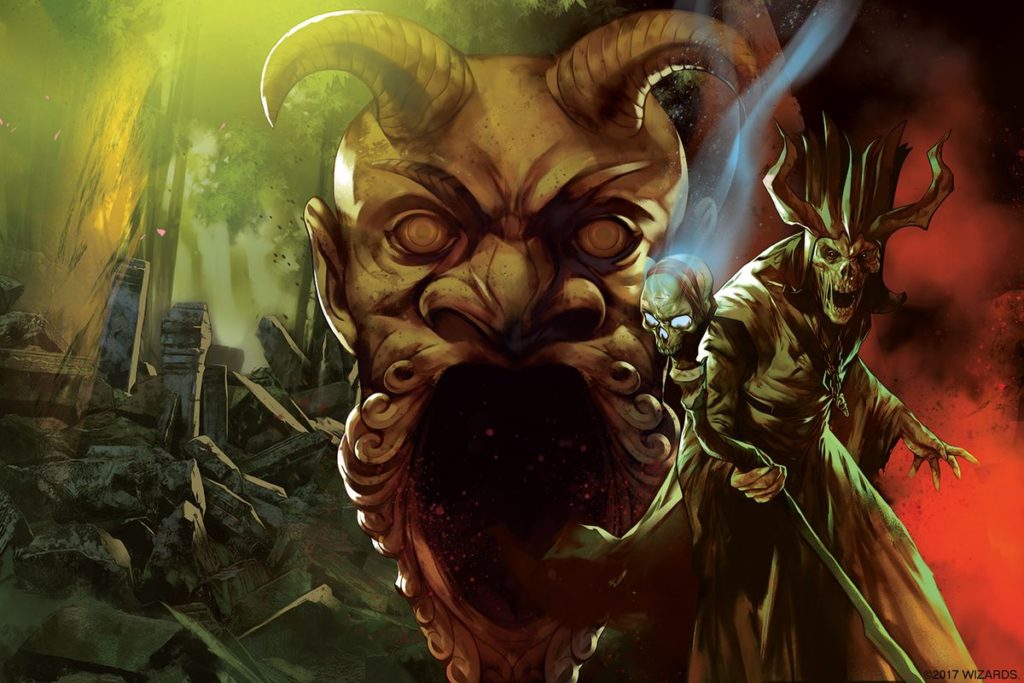
Who can become a Lich in Dungeons and Dragons?
The answer to this is not entirely clear. In the Greyhawk supplement it could apparently be both mages and mage/clerics. Later editions seemed to limit this only to mages. I will delve into this subject again later when I discuss the process by which one becomes a Lich.
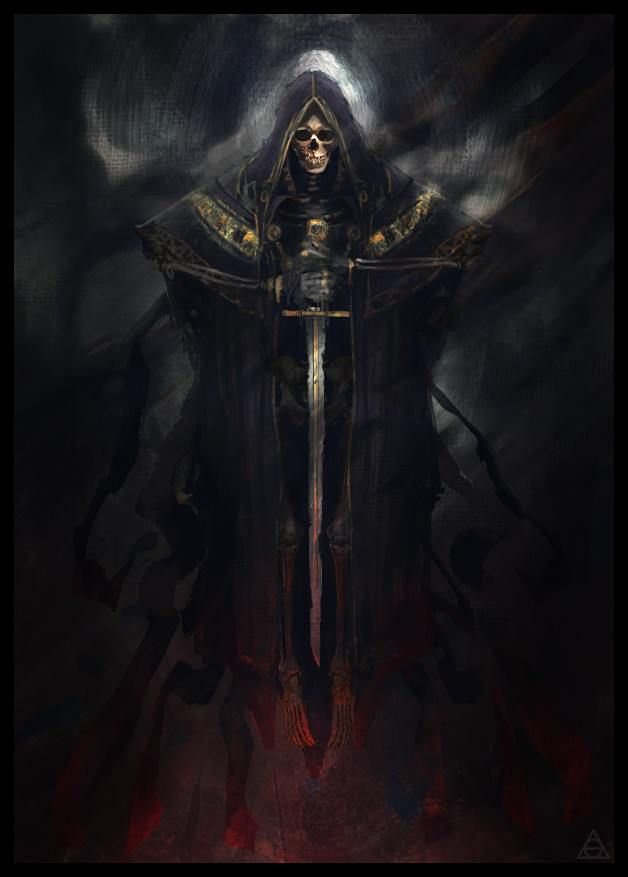
The Lich in Dungeons and Dragons 1st Edition
In 1st Edition the Lich was one of the listed creatures in the Monster Manual. It describes the creature has being created by powerful and arcane magic. And it mentions nowhere the possibility of anyone but a mage becoming one.
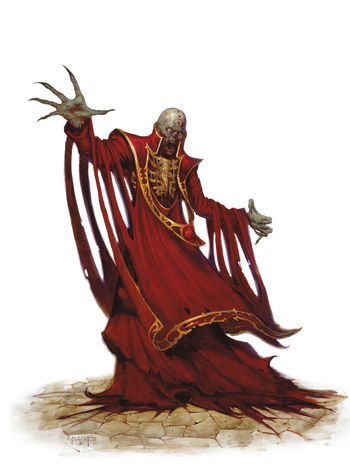
The Lich in Dungeons and Dragons 2nd Edition
The second edition of Dungeons and Dragons includes the creature in both the Monstrous Compendium Volume One and the Monstrous Manual. The creature is greatly expanded upon in the “Von Richten’s Guide to the Lich.” which was produced for Ravenloft.
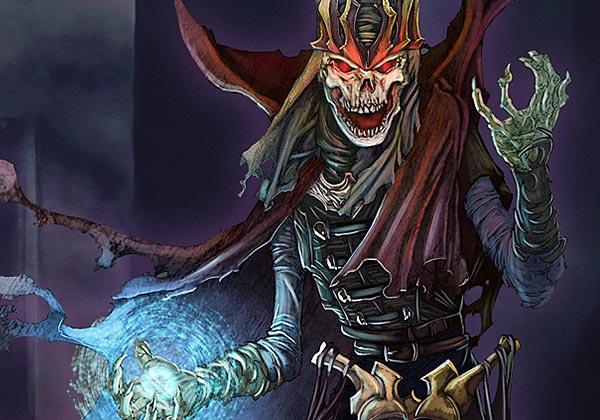
The Lich in Dungeons and Dragons 3rd Edition
Third Edition lists the Lich in the Monster Manual as a template and is expanded upon in the Epic Level Handbook. In Dungeons and Dragons 3.5 it is included in the Monster Manual.

The Lich in Dungeons and Dragons 4th Edition
The Lich is again mentioned in the 4th Edition Monster Manual. The Dungeon Master Guide for this edition gives a process by which one can become a Lich.
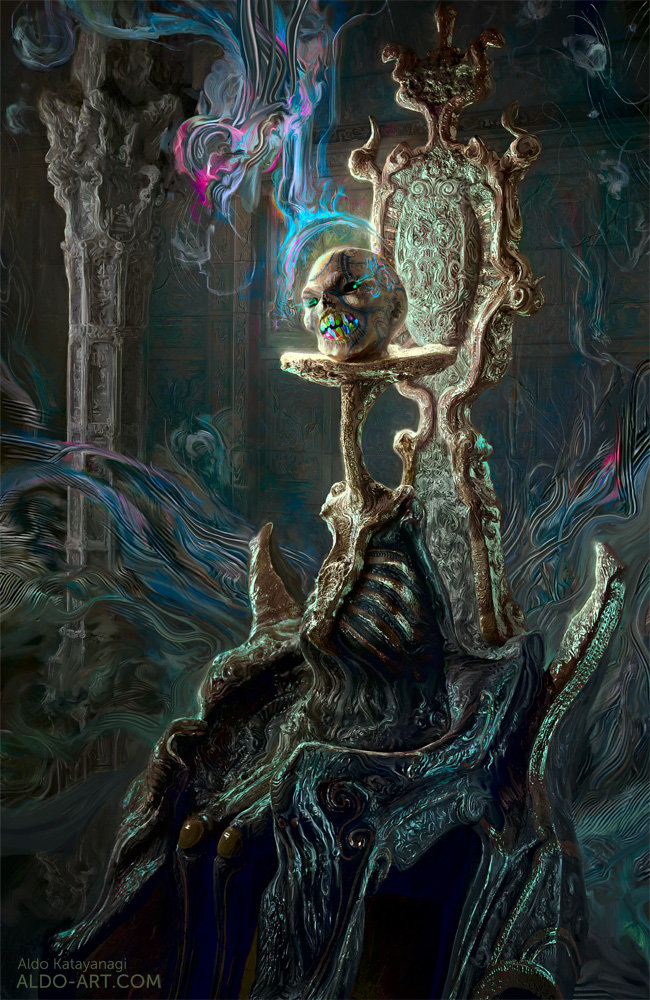
The Lich in Dungeons and Dragons 5th Edition
The Lich is mentioned in the 5th Edition Monster Manual. It is as powerful a creature in 5th edition as it has been in all of the others.
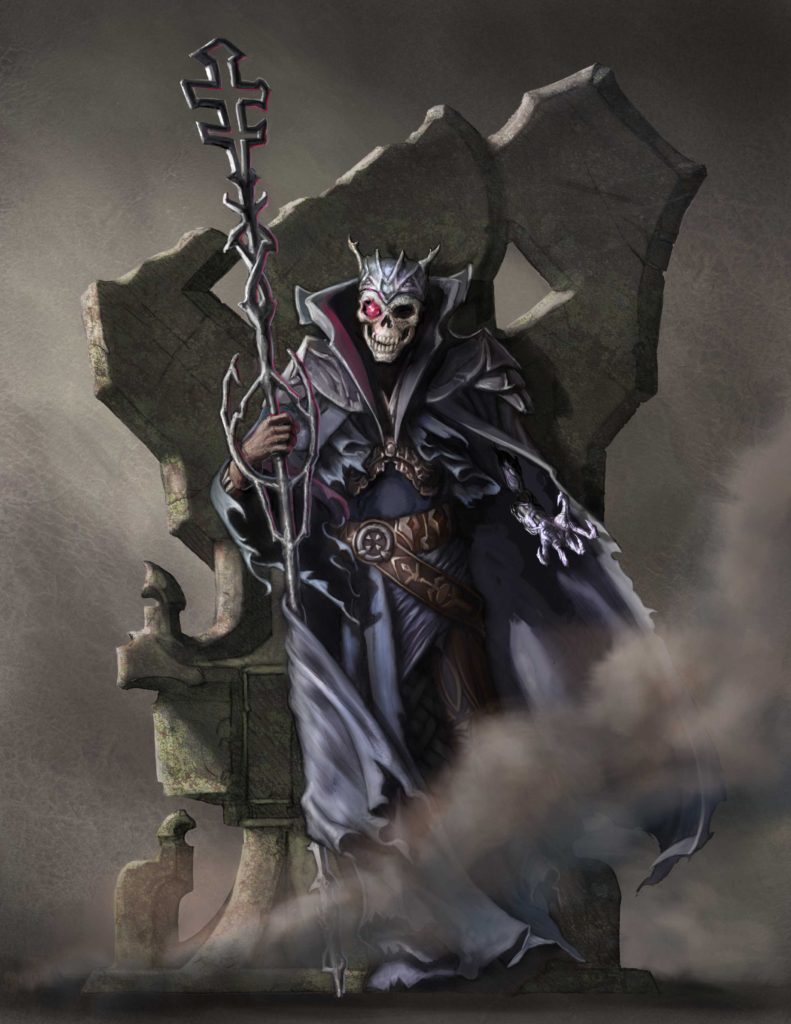
How does one become a Lich in Dungeons and Dragons?
The process for becoming a Lich is described in several places in Dungeons and Dragons lore. The process was first described in Dragon #26. The article is called Blueprint for a Lich by Len Lakofka.
The process was much expanded upon in 2nd edition in Von Richten’s Guide to the Lich.
The process includes:
- Obtaining a phylactery of the highest quality. This receptacle will hold the life force of the Lich and must be made from expensive materials. Very expensive materials.
- Preparing the potion of transformation. The ingredients of this potion have changed slightly since the Dragon article but are more or less the same. They include a mixture of several poisons. This potion will end the life of the mage and begin the Unlife of the Lich. If this potion is properly made the mage will transform immediately. If it is not….then he or she will die.
- Rituals of sustenance must be performed in order for the Lich to continue in it’s new state. These rituals involve the acquisition of a fresh heart. This heart is used to create a special dust which is sprinkled over the body and in the eyes of the Lich
These rituals and potion are necromantic in nature. This suggests that in these later editions only the mage can transform into a Lich. However….an argument could be made that a Cleric (or other class for that matter) might become a Lich by hiring others to cast the necessary spells that they, themselves, cannot.
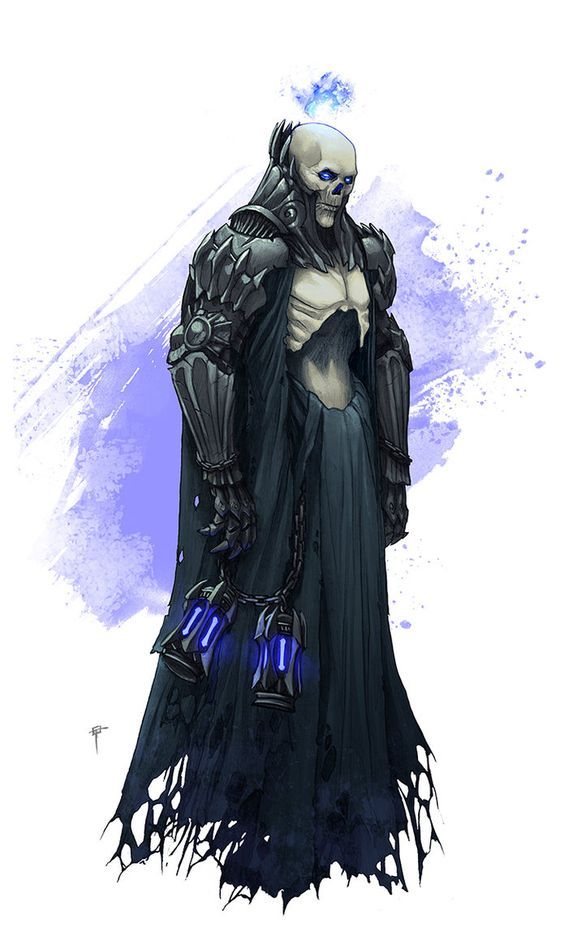
Magic use by the Lich in Dungeons and Dragons
The magical abilities and skills of the Lich continue in death. In the Greyhawk supplement it states that a Lich must have been a minimum of 12th level in life but that the average Lich is at least 18th level in ability. The 1st Edition Monster Manual bumps that level minimum to 18th level.
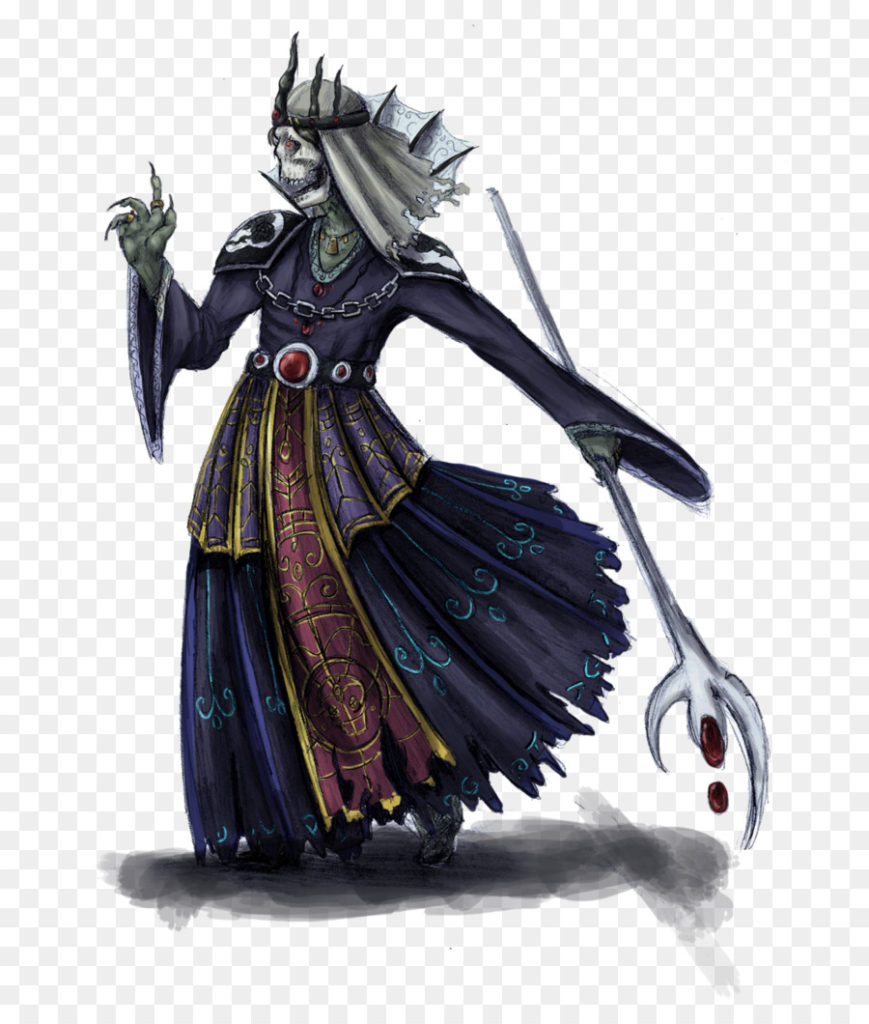
The Alignment of a Lich In Dungeons and Dragons
This too has evolved a bit. In the 1st Edition Monster Manual the Lich is indicated as being Neutral (evil) in alignment. But not Neutral Evil. This suggests that they are neutral but have evil tendencies. The 2nd Edition Monstrous Manual changes this to any type of Evil alignment. This is continued in 5th Edition. Yet there are references to good Liches in some Dungeons and Dragons literature. Specifically in the Monstrous Manual: Monsters of Faerun there is a reference to good Liches existing. So there seems to be some possibility of Liches of other alignments existing. These instances must be exceptionally rare.
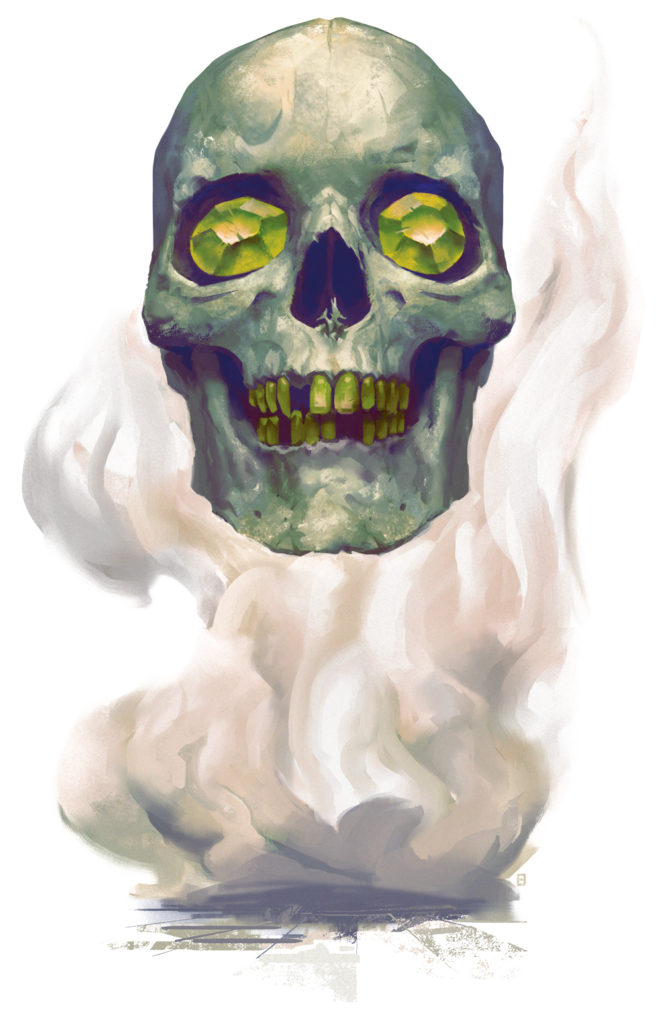
What happens when a Lich loses interest in the physical Realm?
In the epic adventure module “Tomb of Horrors” a new variant of the Lich is introduced. It is called the Demilich. Unlike the Lich only a skull or even a skeletal hand will remain. This creature, however, is extremely powerful. It is perhaps more powerful in this form than previously.
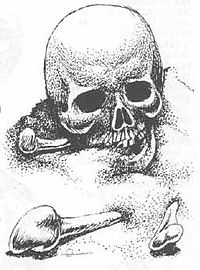
What exactly is a Lich’s Phylactery?
It is a receptacle for holding the life force of the Lich. It can consist of a metal box, an amulet, a ring, a trinket, or some other device. Typically this phylactery is very expensive to make. Phylacteries in value of 120,000 or more gold pieces are not uncommon for Liches.
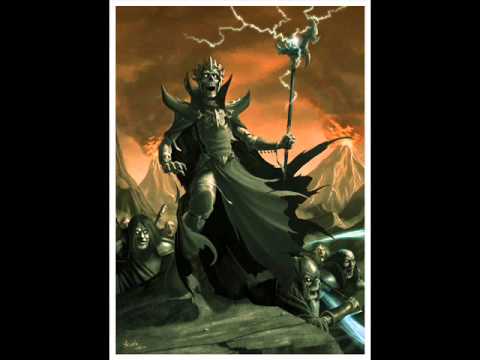
The appearance of a Lich
The Lich is not uniform in appearance. There are differences between them. These differences may well be the result of the process in which they transform themselves. In general, though, they will have a skeletal appearance. Their form will appear decayed and ancient. Liches have empty eye sockets but sometimes tiny points of light can be seen inside of the hollow cavity.
The Lich can easily be mistaken for other types of lesser undead such as wights, skeletons and mummies. But they are vastly more powerful than any of these. They are highly intelligent. They have plans within plans. And they still posses the same magical abilities and spells as they did in life. Only in Lich form it is likely that the Lich will have acquired many more magical items and much more magical knowledge than it had in life. That is because now the Lich is virtually immortal. It spends much of it’s time in these magical pursuits.
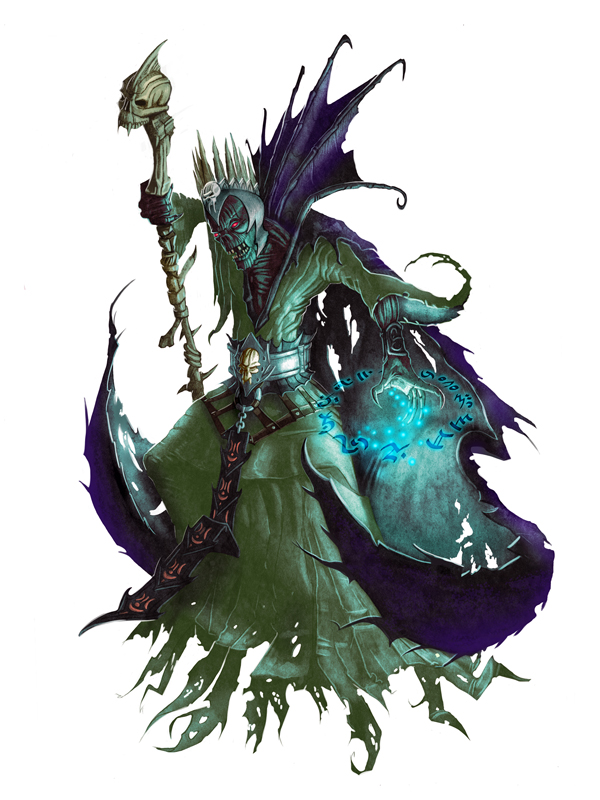
The Lair of a Lich
The Lich is not unaware that it’s existence to others is abhorrent. Therefore it takes great measures to defend itself from destruction. It will have lairs in dark and deep places guarded by traps, magic and other creatures.
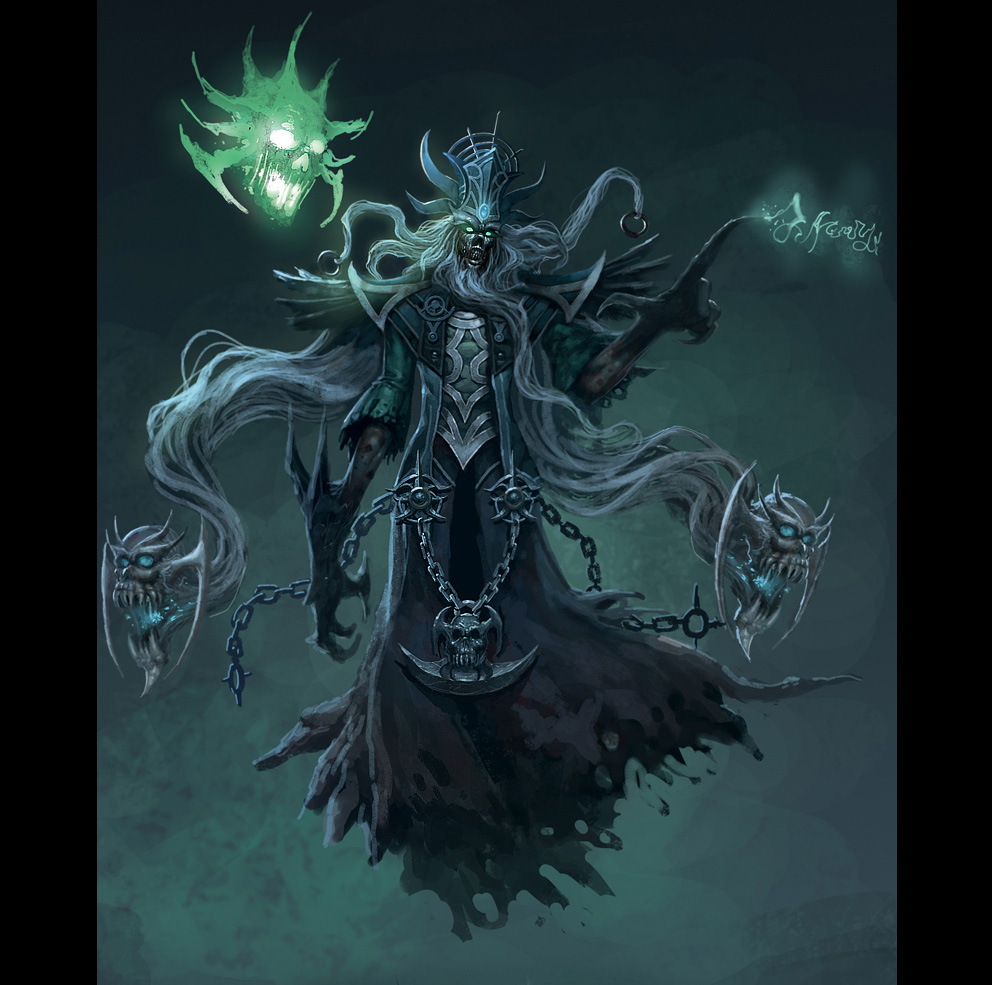
Self Defense for the Lich
So how does a Lich survive for hundreds or thousands of years with all of these adventurers exploring dungeons across the realm? Very carefully.
The Lich is super intelligent. It will set death traps and false entrances to it’s tomb to fool and destroy others who would hunt it. The Tomb of Horrors is a good example of this technique. The Lich (actually Demilich by the time he is hunted in that adventure) has false entrances which are deadly traps. One could easily die in that adventure before reaching the real tomb.
The Lich plans for it’s eventual confrontation. It knows that others seek to destroy it. And it will take precautions to avoid this.
In my own campaign the Lich Malcon the Firebringer has been confronted twice by adventurers. And he survived both times despite being physically destroyed. This is because he hid his phylactery well so that others could not destroy his life force completely. The first time he was destroyed the adventurers did not recognize the nature of his phylactery. They saw it as a pretty treasure and sold it at market. After all….they were there to get treasure. And it was very valuable. The second time he was physically destroyed he had placed 666 phylacteries (or receptacles that looked like one) around his tomb. The adventurers naturally did not find and destroy all of them. Only one was the real phylactery and it was not found.
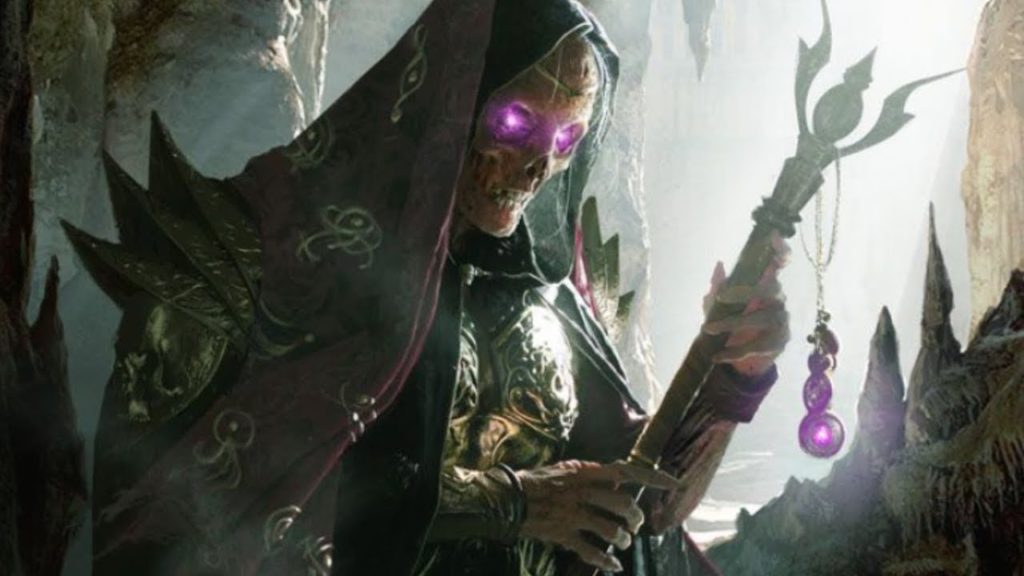
In addition to death traps and hiding the phylactery the Lich is also a master of other undead creatures. There are so many possibilities for guardians that any list would naturally be incomplete. But there is no reason that only undead creatures could serve a Lich. It’s very nature virtually guarantees that it is going to be the most powerful thing in a dungeon. As a result, any other creatures that wish to survive there, will almost certainly do service for the Lich.
The Lich almost certainly knows it’s own physical weaknesses. It will put many guardians between it and the delvers so that it can use it’s spells safely at a distance. And since the Lich is a high level magic user these spells can be awesome weapons of mass destruction. Some potential spells that a Lich will want to use first might include:
- Power Word Kill – Why take chances? Just use this spell and kill someone almost immediately.
- Power Word Stun – Lower level version of the power word. It is still a brutal quick use spell that will disable one of the enemies immediately
- Death Spell/Finger of Death
- Disintegrate – another nice instant kill spell (unless saving throws are made)
- Mirror image – why show one face when you can show several? This low level spell is a must for the Lich that wants to survive to become a Demilich someday
- Cloudkill – Why not throw it out in the middle of the melee? It is not like the Lich’s undead guardians are going to care about it. They are likely to be immune to it’s effects anyway
- Dimension Door/Teleport – in case things go badly
- Clairvoyance, clairaudience, other types of scrying – to see what your new friends are up to before they reach the final destination
Of course, since the Lich will have had hundreds, or thousands, of years to prepare for such encounters it will have researched and created many magical items for it’s defense. It is likely to be in possession of evil artifacts as well. These items may give the creature an edge over it’s enemies that is totally unexpected. It is also possible that in this time the creature may have discovered new spells never seen before by mortals.
As the Lich is incredibly intelligent it will immediately recognize the most dangerous of it’s enemies and target them. This will likely be the spell casters in the group. And the Lich will act accordingly.
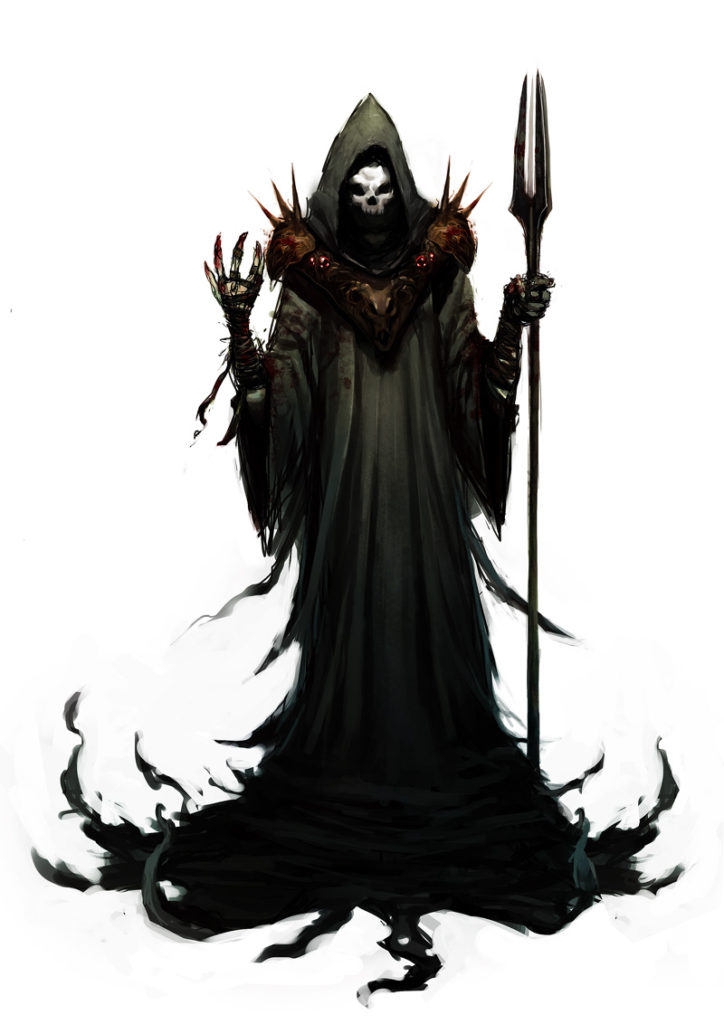
Weaknesses of the Lich in Dungeons and Dragons
There are few weaknesses to these creatures. But they can be arrogant. And this can be their undoing. They will often not see mere mortals as being terribly dangerous to their survival. And they may dismiss them as no threat at all.
Their physical bodies are not extremely sturdy. They have limited amounts of hit points (depending upon the edition played). And they do not do excessive damage with physical attacks. If silenced the creature could be rendered ineffective completely.
And if the phylactery were to be discovered….the creature can be destroyed forever.
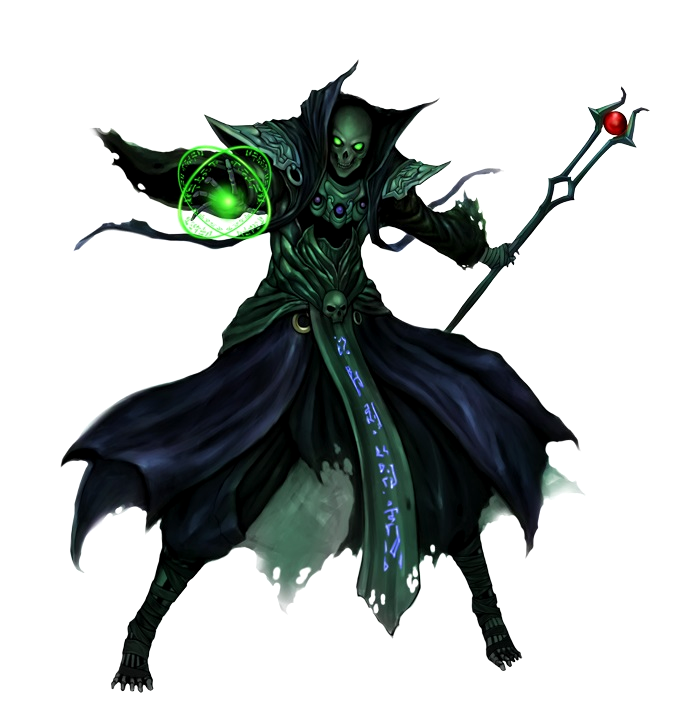
The Lich in Dungeons and Dragons can be a fearsome enemy and an arch villain
The Lich is likely to be behind many of the evil goings on in the realm. It always has plans in motion. With so much time on it’s hands it will be plotting new atrocities while conducting current ones. They are a foul creature and should be destroyed by those capable of doing so at the earliest opportunity.
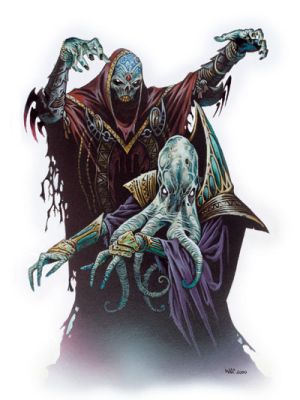
Famous Lich from Dungeons and Dragons published adventures and literature
There are many such Lich out there. So many, in fact, that I am not so sure they can truly be classified as a “rare” encounter. But some of these Lich include:
- My own Malcon. Of course I had to list him first. If I failed to do this he would turn me into something truly nasty.
- Acererak from Tomb of Horrors. Ok. He was actually a demilich in that adventure but he was a Lich long before that.
- Vecna from the Greyhawk campaign.
- The Githyankee Lich Queen Vlaakith
- Kaangax from Baldur’s Gate II: Shadows of Amn
- Lyran from Baldur’s Gate: Dark Alliance II
- Vongoethe from Baldur’s Gate II: Throne of Baal
There are, of course, so many more. I could not possibly list all of them here. One should merely understand that if you enter the darkest and deepest places under the earth you might very well run into one. And that might be the last thing you ever see.
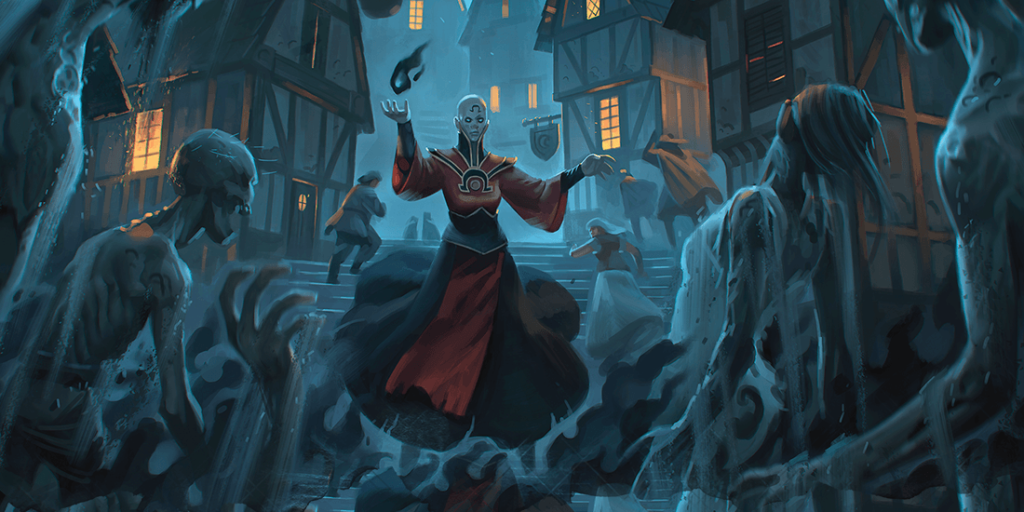
If you enjoyed this article then you might enjoy these:
- Undead in Dungeons and Dragons
- Beholders in Dungeons and Dragons
- Mind Flayers in Dungeons and Dragons
- Intellect Devourers in Dungeons and Dragons
- Displacer Beasts in Dungeons and Dragons



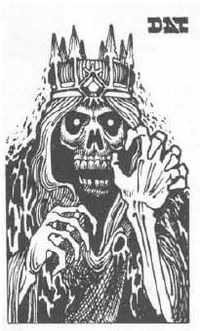
I love these articles, better than other online sources I find and only expanded by writing in character
I am glad you like them. And I am glad you noticed that I write in character. Not many of the readers have noticed this.
A small quibble about the alignment of the 1E Monster Manual’s Lich: Neutral Evil does not exist within the world of the Monster Manual. It’s a strange psuedo-Holmesian beast, where the only alignments are LG/CG/N/LE/CG, base armor class is 9, attacks are resolved in order of Dexterity, and probably more idiosyncraties I’m forgetting. The system saw a lot of revision between the Monster Manual and Player’s Handbook.
It’s Neutral Evil, but in a system where that alignment doesn’t exist – kind of like how in OD&D’s Supplement 3: Eldritch Wizardry they note that the Mind Flayer is Lawful but also Evil (in a system where Law, Chaos and Neutrality are the only alignments).
A few places in the various 1E Monster Manual, Fiend Folio and Monster Manual II have alignment descriptions such as Neutral (with evil tendencies). For the 1E Lich it reads Neutral (Evil). This leads me to believe that perhaps the writer intended for the Lich to be true neutral but with evil tendencies as the writer placed the “evil” part in parentheses. Since Gary is no longer with us we probably will never know the answer to that but I think that is probably the intent.